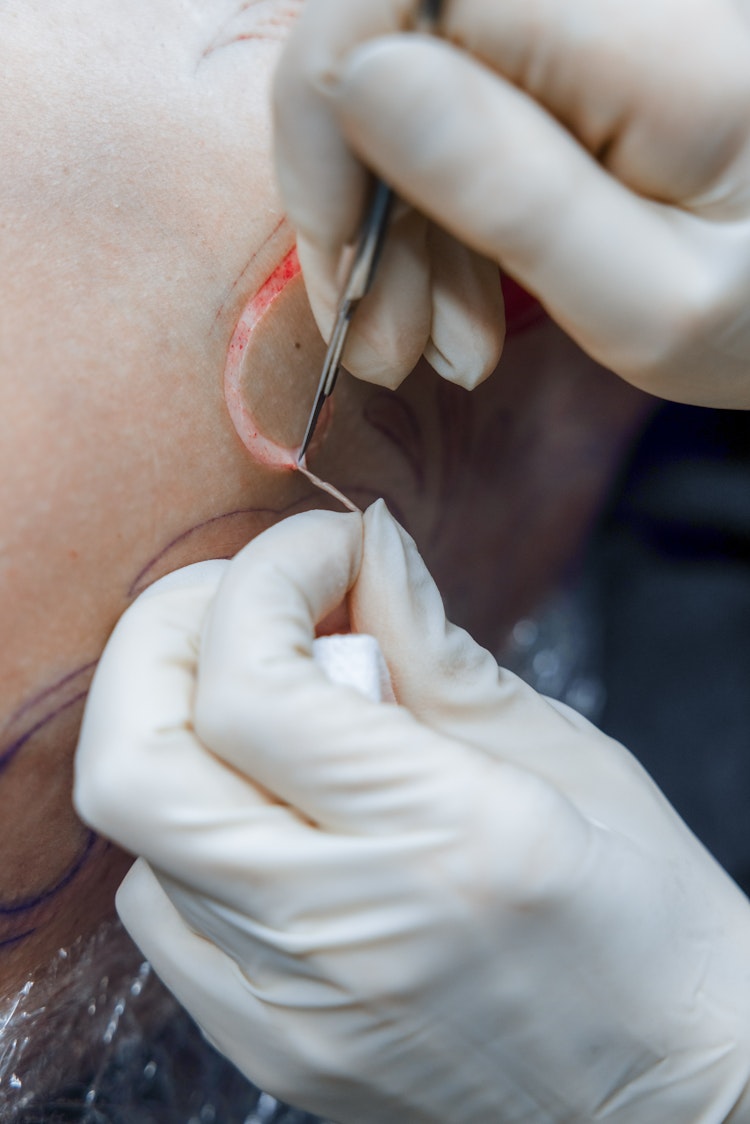

Norwegian Craft is proud to present The Vessel 7: Transforming Bodies. This issue argues that tattoos and permanent body adornment are inherently craft-based expressions that work between the fluid categories of art, craft, design, and fashion. By extension, they are deeply intertwined with questions about identity and the basic human right to make decisions over one’s own body, a question that is still fundamentally political and culturally conditioned.


Humans across the globe have tattooed their bodies for at least 5,000 years. However, the archaeological evidence for these practices has been largely overlooked. In this essay, archaeologist Aaron Deter-Wolf describes what drew him to the study of ancient tattooing, and how careful considerations of material culture, including artifacts and preserved human remains, are revealing new information about human bodies in the deep past.


Maya Sialuk Jacobsen writes about the complexities of taking back Inuit tattoo traditions, a practice born and developed within a culture of collectivism, now practiced and re-assembled in a growing individualistic culture. Sialuk Jacobsen asks: ‘How do Inuit tattoos create both a new verbal and visual language?’

How has the tattoo industry changed in the last ten years or so? Oslo-based tattoo artists Linn Aasne Grønnerøe and Elise Nedal offer throwbacks and foresight based on their years of experience. In this interview, they map out some major challenges and pitfalls of the tattoo industry, and how to avoid them.


Holistic tattooer Touka Voodoo takes us through his personal journey — from Tehran, through London — to his tattoo studio in Stockholm. In this text, Touka Voodoo reflects on how redesigning and remaking the exterior body has been a continuous journey to match the interior and manifest the inner person. Even though his work is known to provoke, provocation has never been his aim - but rather, the goal is to liberate the human body from shame, and through introspection, become one´s own personal ´superbeing´.
